
The Role of Texture in Creating Cozy Interiors
The Role of Texture in Creating Cozy Interiors
6 Guest Behavior Trends in Hotel Design in 2024
6 Hotel Technology Trends in 2024
New Hotel Brands and What We Can Learn About the Growing Trends in the Hotel Business

Introduction
In interior design, texture is a fundamental element that significantly influences the ambience and comfort of a space. By carefully selecting and combining various textures, designers can create warm, inviting, and cosy interiors. As interior designer Kelly Hoppen puts it, "Texture is the most important element to consider when designing a space. It adds depth, contrast, and interest." This article explores the role of texture in interior design and provides practical tips for incorporating it into your home.
When considering texture in interiors, it's also important to consider the overall ambiance and how it ties into larger design elements like flooring and furniture. For instance, choosing the right flooring tiles for bathrooms can complement the textural elements in a space. Similarly, furniture selection plays a crucial role in enhancing cosiness through texture.
Understanding Texture in Interior Design
Texture in interior design refers to the surface quality of materials, which can be experienced visually or through touch. There are two main texture types: tactile (how something feels) and visual (how something looks). Both types play crucial roles in creating a cosy atmosphere.
Types of Textures
Soft: Plush, velvety, and cushy surfaces
Rough: Grainy, rugged, and coarse surfaces
Smooth: Sleek, polished, and glossy surfaces
Hard: Firm, unyielding, and solid surfaces
Understanding these textures and their interaction is essential for creating a balanced and inviting interior. Interior design styles like Scandinavian and Bohemian heavily rely on texture to add character and warmth to spaces.
The Psychological Impact of Texture
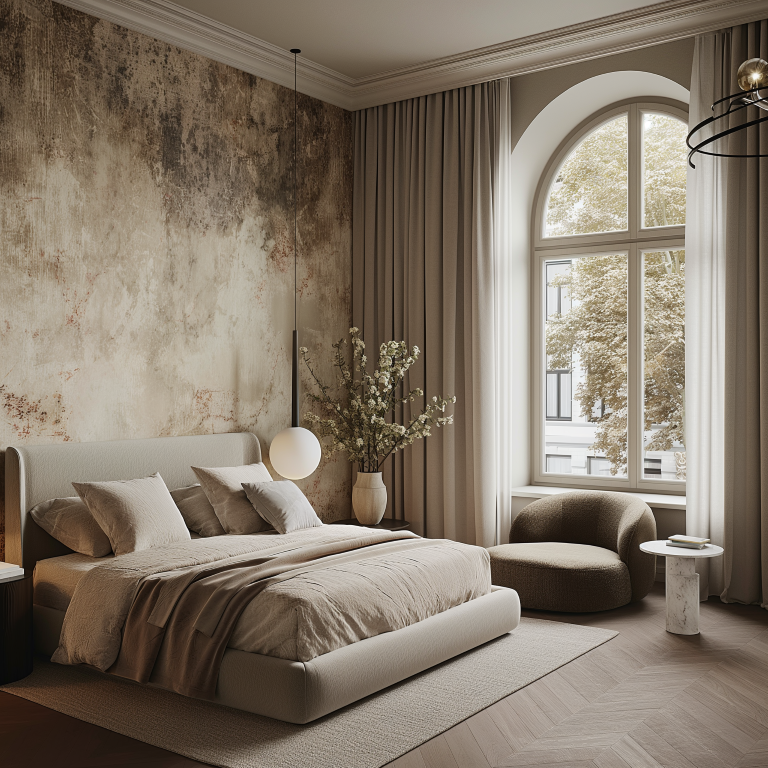
Textures have a profound effect on our mood and perception of a space. Soft and plush textures evoke warmth and comfort, making a room more inviting. Conversely, rough and rugged textures can add an element of ruggedness and stability. As interior designer Nate Berkus notes, "Texture makes a room feel richer and more complex. It gives your eyes something to land on and adds layers to a space."
Research indicates that texture can significantly impact our emotional responses to a space. For example, a study published in the Journal of Environmental Psychology found that participants felt more comfortable and relaxed in rooms with a mix of soft and hard textures.
Soft Textures for Comfort and Warmth
Incorporating soft textures is essential for creating cozy interiors. Plush rugs, velvet cushions, and soft throws add a layer of comfort and warmth to any room. These textures are particularly effective in living rooms and bedrooms, where relaxation is paramount.
Case Study: A Cozy Living Room Transformation
In a recent project, interior designer Emily Henderson transformed a minimalist living room into a cosy retreat by adding soft textures. She introduced a shaggy rug, velvet pillows, and a chunky knit throw, instantly warming up the space and making it more inviting.
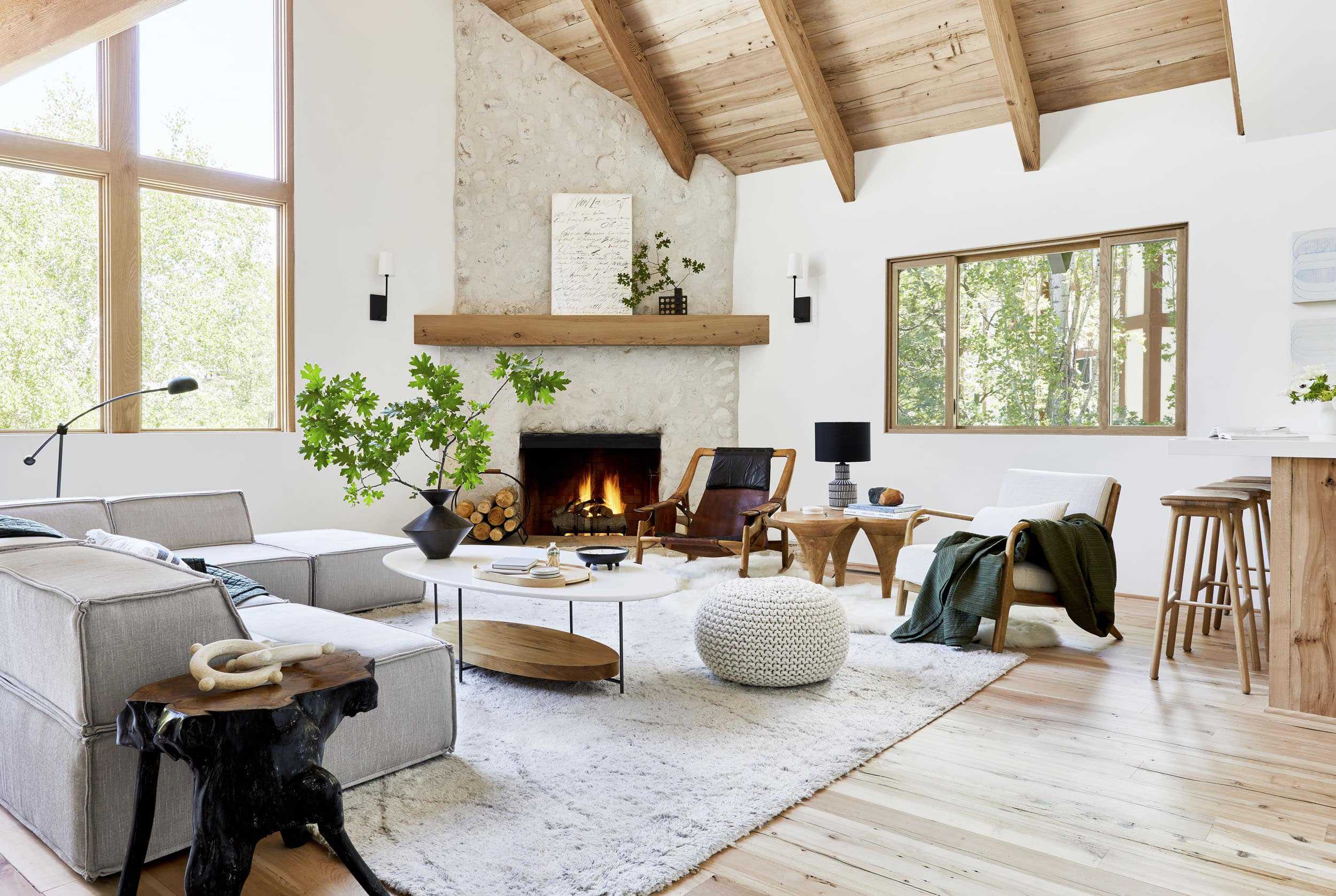
To incorporate soft textures into various rooms, consider using:
Living Room: Plush area rugs, soft throw blankets, velvet cushions
Bedroom: Flannel sheets, down comforters, fleece blankets
Bathroom: Soft bath mats, plush towels, fabric shower curtains
Balancing Rough and Smooth Textures
Creating a harmonious interior often involves balancing rough and smooth textures. For instance, pairing a rough, exposed brick wall with soft, polished marble countertops can create a visually appealing contrast. This balance prevents a space from feeling too monotonous or overly stimulating.
Examples of Rough and Smooth Textures
Rough: Exposed brick, reclaimed wood, stone tiles
Smooth: Polished marble, glass surfaces, lacquered finishes
Interior designer Joanna Gaines emphasizes the importance of contrast: "Combining rough and smooth textures can make a room more dynamic and interesting. It's all about balance."
Layering Textures for Depth
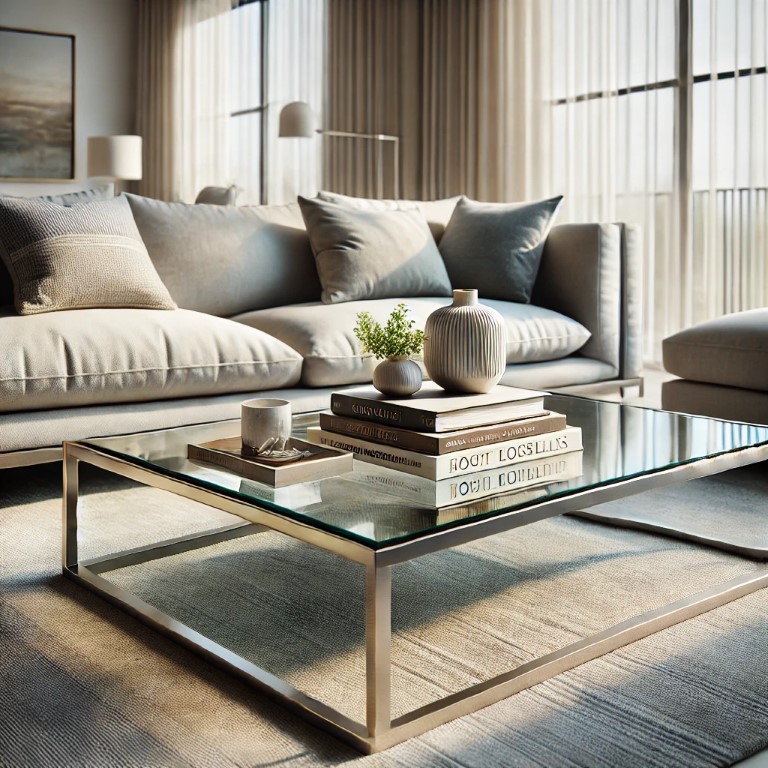
Layering different textures adds depth and visual interest to a room. This technique combines various materials and finishes, such as layering a wool throw over a linen sofa or placing a jute rug on a wooden floor. The key is to create a cohesive look that feels natural and inviting.
Techniques for Layering Textures
Mix fabrics of different weights and weaves
Combine natural materials like wood and stone with synthetic ones like acrylic
Use a variety of finishes, such as matte, glossy, and metallic
Interior designer Amber Lewis advises, "Don't be afraid to mix textures. Layering different materials can create a space that feels lived-in and curated."
Choosing the Right Textures for Different Rooms
Each room in a home has unique requirements when it comes to texture.
Living Room
Incorporate cozy textiles like wool and cotton and inviting surfaces like wood and leather. These materials create a welcoming environment perfect for relaxation and socializing.
Bedroom
Use soft fabrics like silk, linen, and velvet to create a calming and serene environment. These textures promote rest, making the bedroom a true sanctuary.
Kitchen
Balance functional, smooth textures like polished granite with natural materials like wooden cabinets. This combination ensures durability while maintaining a warm and inviting atmosphere.
Bathroom
Opt for soothing textures such as plush towels and matte tiles to create a spa-like atmosphere. These textures add comfort and relaxation to the bathroom experience.
Texture in Furniture and Decor
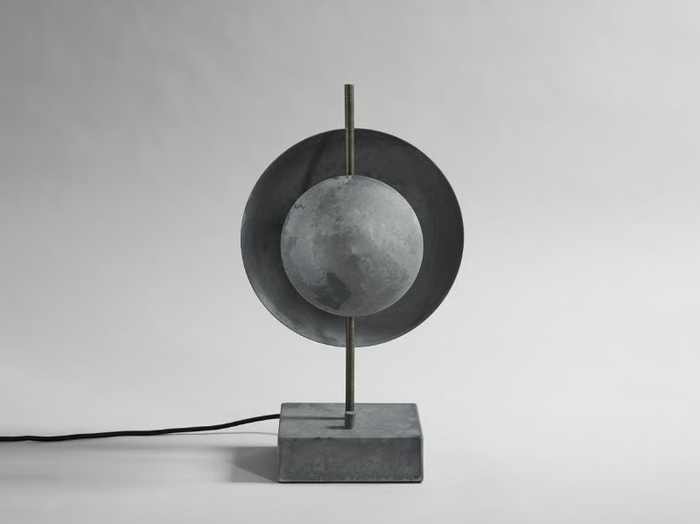
Check this lamp by 101 COPENHAGEN COLLECTION DUSK AND DAWN
Selecting furniture with tactile appeal is crucial for cosy interiors. Textured decor pieces, such as woven baskets and ceramic vases, can add subtle yet impactful texture to a room. Choose furniture that looks good and feels pleasing to the touch.
Interior designer Sarah Sherman Samuel highlights the importance of tactile appeal: "Furniture and decor with interesting textures invite you to touch and interact with them, making a space feel more engaging and comfortable."
Using Texture in Wall Treatments
Wall treatments are an excellent way to introduce texture into a space. Options include textured wallpaper, paint finishes, and wall panels. Creating an accent wall with a textured treatment can add a focal point and elevate a room's overall design.
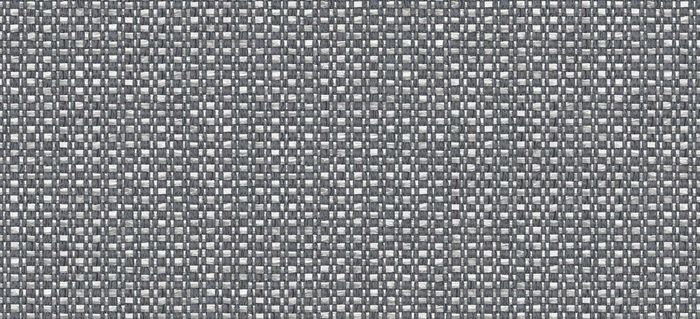
Chek textured wallpaper- vescom fraser - 2109.01
Innovative Wall Treatment Ideas
Textured Wallpaper: Adds pattern and dimension to walls
Paint Finishes: Techniques like sponging, rag rolling, and stippling create unique textures
Wall Panels: Materials like wood, metal, and fabric panels add depth and interest
Interior designer Brian Gluckstein suggests, "A textured accent wall can transform a room by adding depth and character. It's a great way to introduce texture without overwhelming the space."
Textured Flooring Options
The texture of flooring can significantly impact a room's ambience. Carpets and rugs add softness and warmth, while hardwood floors can bring a natural, rustic feel. The choice of flooring should complement the room's overall texture palette.
Case Study: The Transformation of a Room with Textured Flooring
In a recent project, designer Jean Stoffer combined hardwood floors and layered rugs to create a cosy and inviting living space. The textured flooring added warmth and visual interest, making the room more dynamic and comfortable.
Natural Textures for a Cozy Feel
Incorporating natural materials like wood, stone, and plants can enhance the cosiness of an interior. These materials bring an organic, earthy quality that makes a space feel more grounded and inviting.
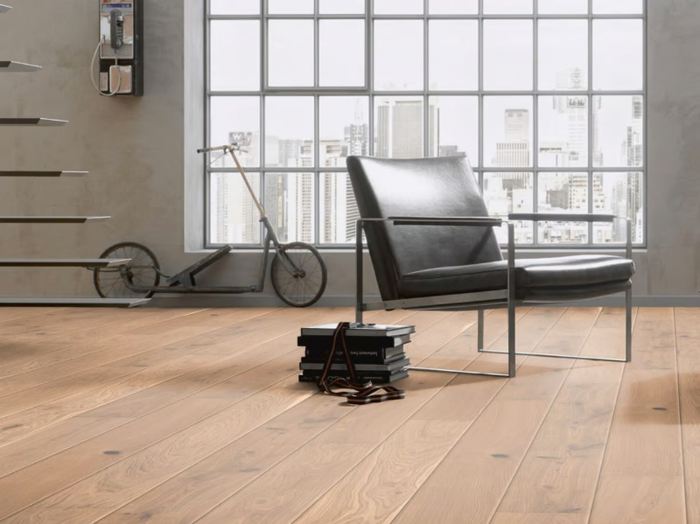
Check: R03 OAK LIGHT BEIGE - 3 layers oak parquet _ Ter Hürne
Examples of Natural Textures in Design
Wood: Adds warmth and richness
Stone: Brings a rugged, natural element
Plants: Introduce a touch of nature and life
Interior designer Axel Vervoordt states, "Natural textures connect us to the earth and create a sense of peace and tranquillity in our homes."
Seasonal Textural Changes
Adapting textures for different seasons can keep your home fresh and cosy year-round. In winter, opt for heavier, plush textures like wool and faux fur. In summer, switch to lighter, breezier textures like cotton and linen.
Examples of Seasonal Texture Changes in Homes
Winter: Use chunky knit blankets, wool rugs, and velvet cushions
Summer: Incorporate lightweight cotton throws, linen curtains, and rattan furniture
Interior designer Justina Blakeney advises, "Changing textures seasonally can breathe new life into your home and keep it cozy and comfortable year-round."
DIY Texture Projects
Many simple DIY projects can add texture to your home. For example, creating a macrame wall hanging or painting a textured accent wall can personalize your space and make it feel cosier.
Creative Ways to Personalize Texture in Your Home
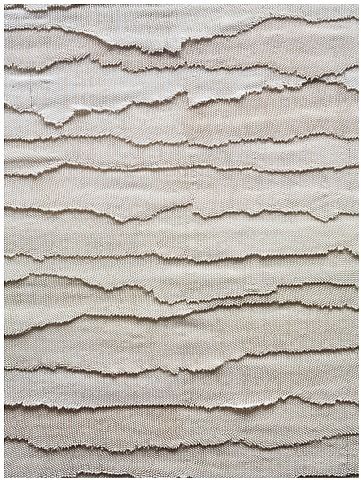
Macrame Wall Hangings: Add a bohemian touch with handmade textile art
Textured Accent Walls: Use paint or wallpaper to create a focal point
DIY Textured Decor: Craft items like woven baskets, clay vases, and fabric art
DIY expert Brittany Jepsen suggests, "DIY texture projects are a great way to add a personal touch to your home. They can be simple, cost-effective, and highly impactful."
Case Studies: Cozy Interiors through Texture
Analyzing well-designed interiors can inspire incorporating texture into your own home. Look at examples of cosy spaces and note how different textures are used to create a warm and inviting atmosphere.
Examples of Well-Designed Cozy Interiors
Scandinavian Living Room: Featuring layers of wool, linen, and wood
Bohemian Bedroom: Rich in textures like macrame, rattan, and velvet
Rustic Kitchen: Combining rough wood, stone, and smooth metal finishes
Interior designer Bobby Berk explains, "Studying successful interiors can teach us how to effectively use texture to create a cosy and inviting home."
Conclusion
Texture plays a vital role in creating cosy interiors. By understanding and effectively using different textures, you can transform your home into a warm and inviting sanctuary. As interior designer Nate Berkus says, "Texture makes a room feel richer and more complex. It gives your eyes something to land on and adds layers to a space." Experiment with various textures to find the perfect balance that suits your style and enhances the comfort of your space.
FAQs
1. What is the role of texture in interior design? Texture adds depth, interest, and dimension to a space. It influences a room's visual and tactile experience, creating a more engaging and comfortable environment.
2. How can I incorporate texture into my home? You can include texture by using various materials and finishes in your furniture, decor, wall treatments, and flooring. Layering different textures, balancing rough and smooth surfaces, and using textured accessories can enhance the cosiness of your home.
3. What are some examples of soft textures? Soft textures include plush rugs, velvet cushions, fleece blankets, flannel sheets, and bath mats. These materials add warmth and comfort to any room.
4. How do I balance different textures in a room? Pair rough surfaces like exposed brick or natural wood with smooth finishes like polished marble or glass to balance different textures. Combining various textures creates visual interest and prevents the space from feeling too monotonous or overwhelming.
5. Why is layering textures important? Layering textures adds depth and dimension to a room, making it more dynamic and inviting. It creates a rich, tactile experience and can help achieve a cohesive and curated look.